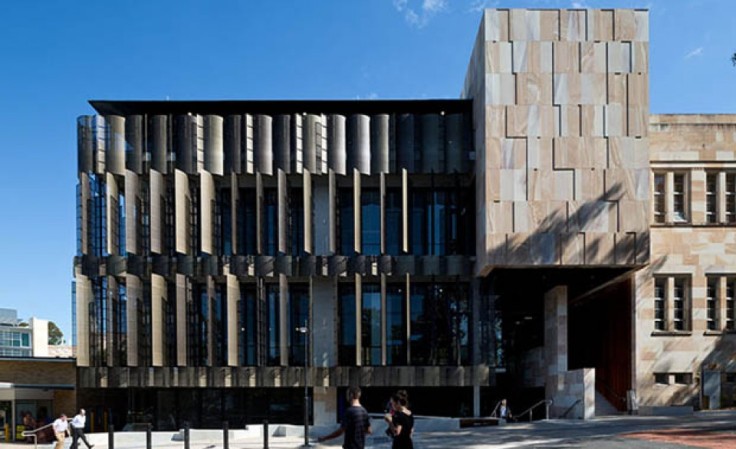Geopolymer cements use waste materials as a binder and are stronger and more sustainable than conventional Portland cements. CCHRC has studied more than 600 recipes of geopolymers made with use fly ash, a byproduct of coal combustion, from local power plants.
Cement as we know is the binding agent of aggregates in concrete. Cement however is a non-sustainable material as it emits CO2 during the process. With buildings equating to 44.6% of CO2 emissions and 23% of CO2 emissions in China’s. We are desperately faced with finding concrete alternatives for construction.

Geopolymer concrete is the first goal to be realized; with applications in the mining, precast and road industries near to fulfillment.
Additional benefits such as thermal shock resistance for smelters, additional bond strength for shotcrete applications, acid-resistance for high durability waste water treatment works and/or air-curing for convenience can be embedded.
Projects Case study: University of Queensland’s Global Change Institute (GCI)
The University of Queensland’s Global Change Institute (GCI) is the world’s first building to successfully use geopolymer concrete for structural purposes. The 4 story high public building, contains 3 suspended geopolymer concrete floors using 33 precast panels. They are made from slag/fly ash-based geopolymer concrete coined Earth Friendly Concrete (EFC), a Wagners brand name for their commercial form of geopolymer concrete.
The university is a winner of sustainability award in public building and urban design and also awarded as sustainable building of the year in 2014.
Read more at:
https://www.sciencedirect.com/science/article/pii/S0950061815002834
… advances in geopolymers formed by the alkaline activation of aluminosilicates is presented along with opportunities for their use in building construction. The properties of mortars/concrete made from geopolymeric binders are discussed with respect to fresh and hardened states, interfacial transition zone between aggregate and geopolymer, bond with steel reinforcing bars and resistance to elevated temperature.
https://inhabitat.com/why-2000-year-old-roman-concrete-is-stronger-than-our-own/



Leave a comment